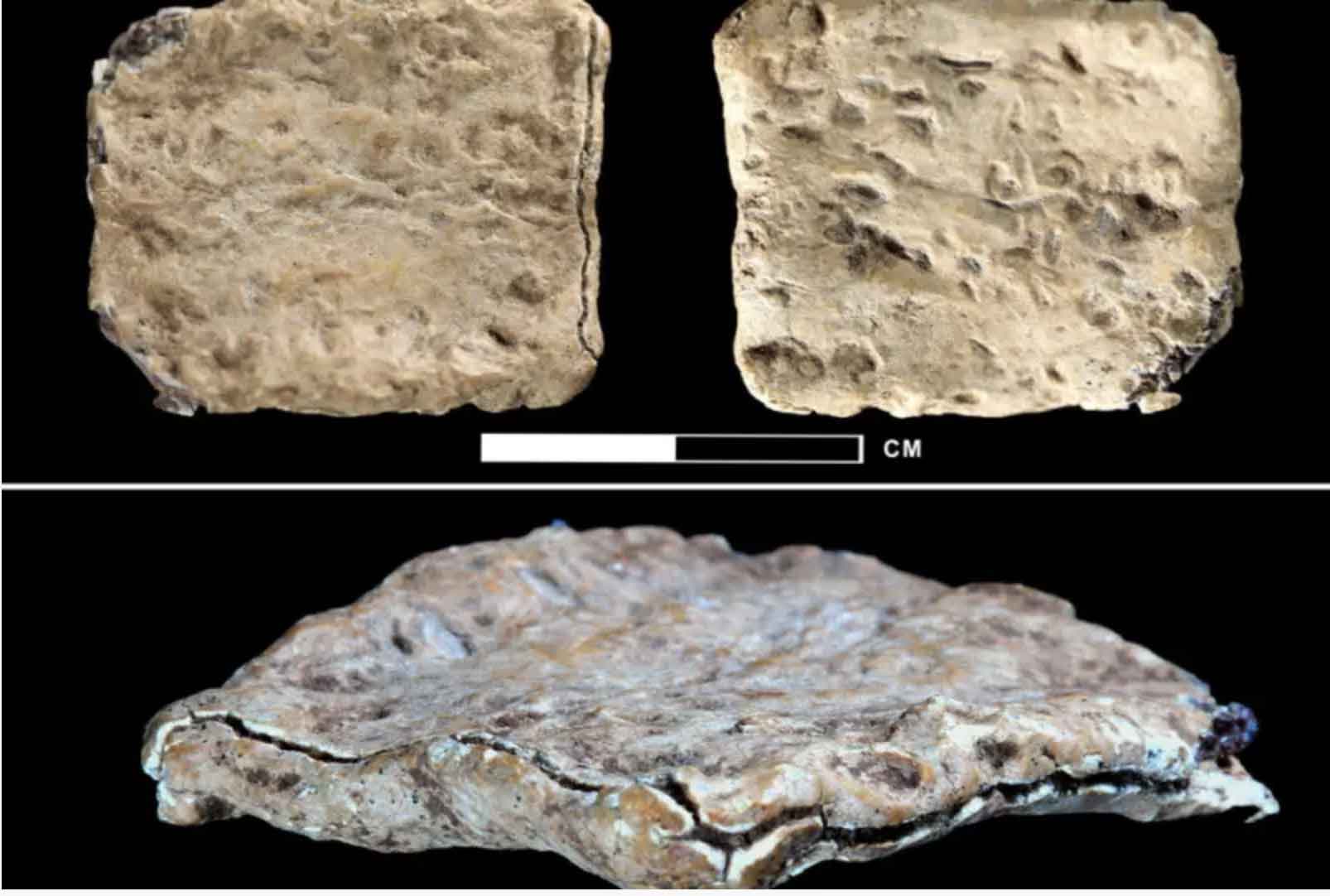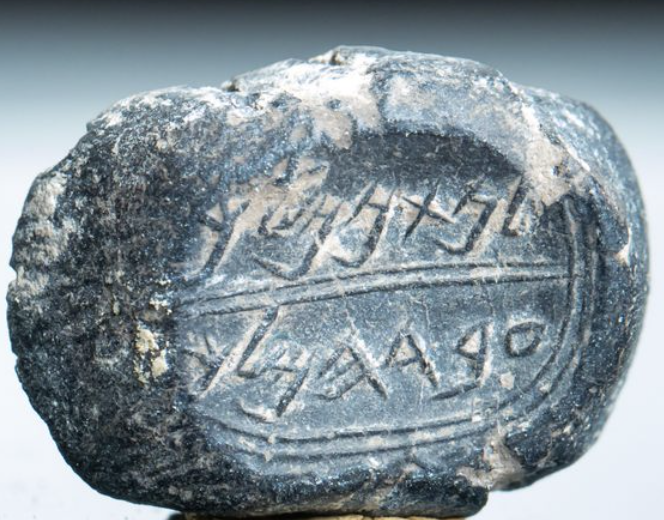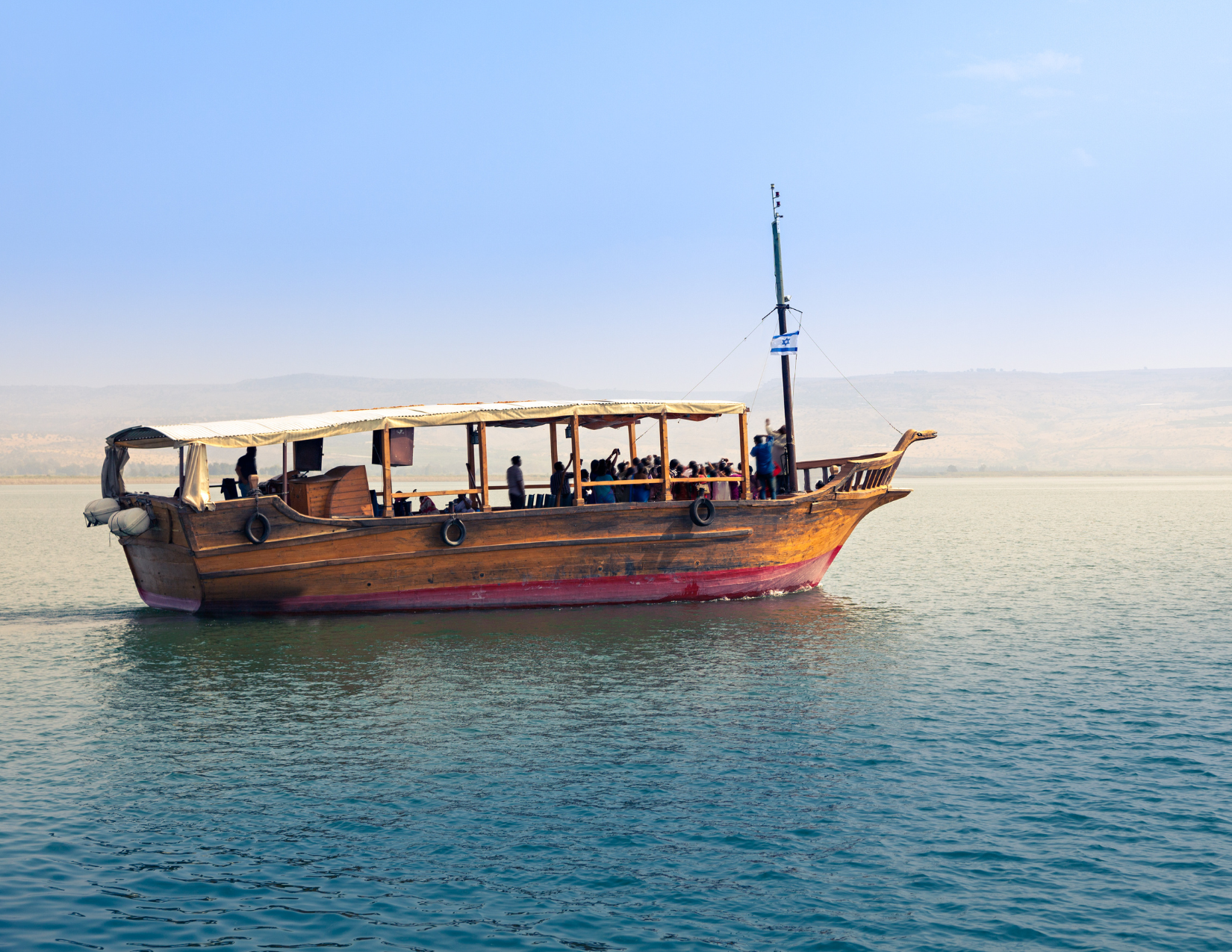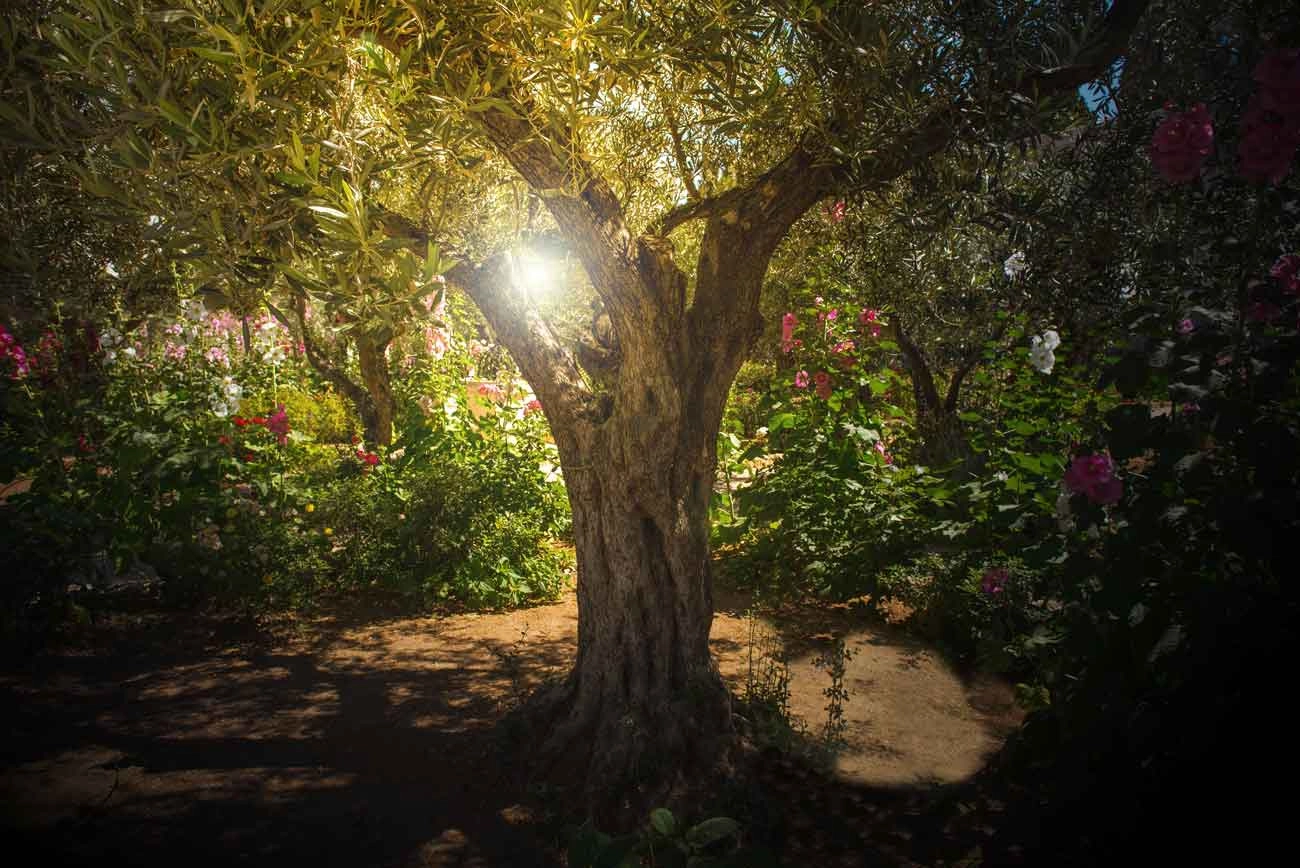The history of Israel is not a simple history. Its history is thousands of years old, dating back to the some of the earliest history in the world. It has been under the control of many groups and been the site of many battles and conquests. There have even been different names for the different regions of the country, including Judah. Another area that most have heard of but don’t know much about is Samaria.
Samaria is the hilly country in what is today referred to as the West Bank. It is defined as the area west of the Jezreel Valley, southeast of the Jordan Rift Valley, East of Carmel Ridge, and north of the Jerusalem mountains.
Due to its high elevation, it was named “Samaria”, which in Hebrew means “watch mountain” or “watch tower”.
The area was originally part of the Canaanite territory, until the Israelites came into the area and conquered it. The area was granted to the tribes of Manasseh and Ephraim, around 1200 BC. This area of is where early Israel truly was, including the ancient city of Shiloh, known for having been the home of the Tabernacle and Ark of the Covenant for nearly 400 years. Many of Immanuel Tour’s groups enjoy a visit to ancient Shiloh, where they see homes, the site of the Tabernacle, and pottery from the time in a fantastic visitor experience.
The city of Samaria was not established until King Omri, around 400 years later.
When Israel split into Northern Israel and Judah, Samaria became the capital of Northern Israel, while Jerusalem became that of the Judah. They always saw Samaria as being the true site of worship, taking place at Mt. Gerizim and refused to acknowledge the Temple. They believe this is the Holiest place on earth, and where Abraham nearly sacrificed Isaac. They still ascend the mountain three times a year; Passover, Shavuot, and Sukkot.
So, Were They Jewish?
The short answer is yes. Samarians are Jewish. Samaria was a very wealthy capital of Northern Israel until the Assyrians conquered the nation. The Assyrians populated the area, and mixed with the Israelites in the area. They were accused of mixing idolatry into Jewish worship. This eventually leads to separate types of worship, which leads to massive division. The hatred and distrust grows between the factions and leads to the story of the Good Samaritan. In the minds of the Israelites, there were no good Samaritans, they were all untrustworthy idolators, so for Jesus to paint one in a good light was truly shocking.
Who Lives in Samaria Now?
There are actually around 800 Samaritans still living in the region today, and still adhering to their religion, known as Samaritanism. They had strong numbers, but their numbers started to reduce as conversion began to Christianity and Islam. They have maintained their faith, but currently numbers are mainly affected by too many men and not enough women. They still maintain their own Temple and are ruled by a High Priest.
What is There to See In Samaria?
Samaria is rich in Old Testament history and sites. As mentioned before, Shiloh is a site that we strongly encourage visiting. It is some of our staff’s favorite!
You can also see Mt. Gerizim as well as Mt. Ebal. Mt. Gerizim was prominently spoken of in Deuteronomy 11:29, speaking of Moses’ direction that “when the Lord your God has brought you into the land which you go to possess, that you shall put the blessing on Mount Gerizim and the curse on Mount Ebal”.
A curse tablet was actually discovered on Mt. Ebal. The tablet is so old that it was written in a primitive Hebrew language. What’s interesting is that the tablet was not from a recent excavation, but leftover dirt from a 30 year old dig!
We hope you will join us in Israel soon to experience what God has done, is doing and will do very soon!







